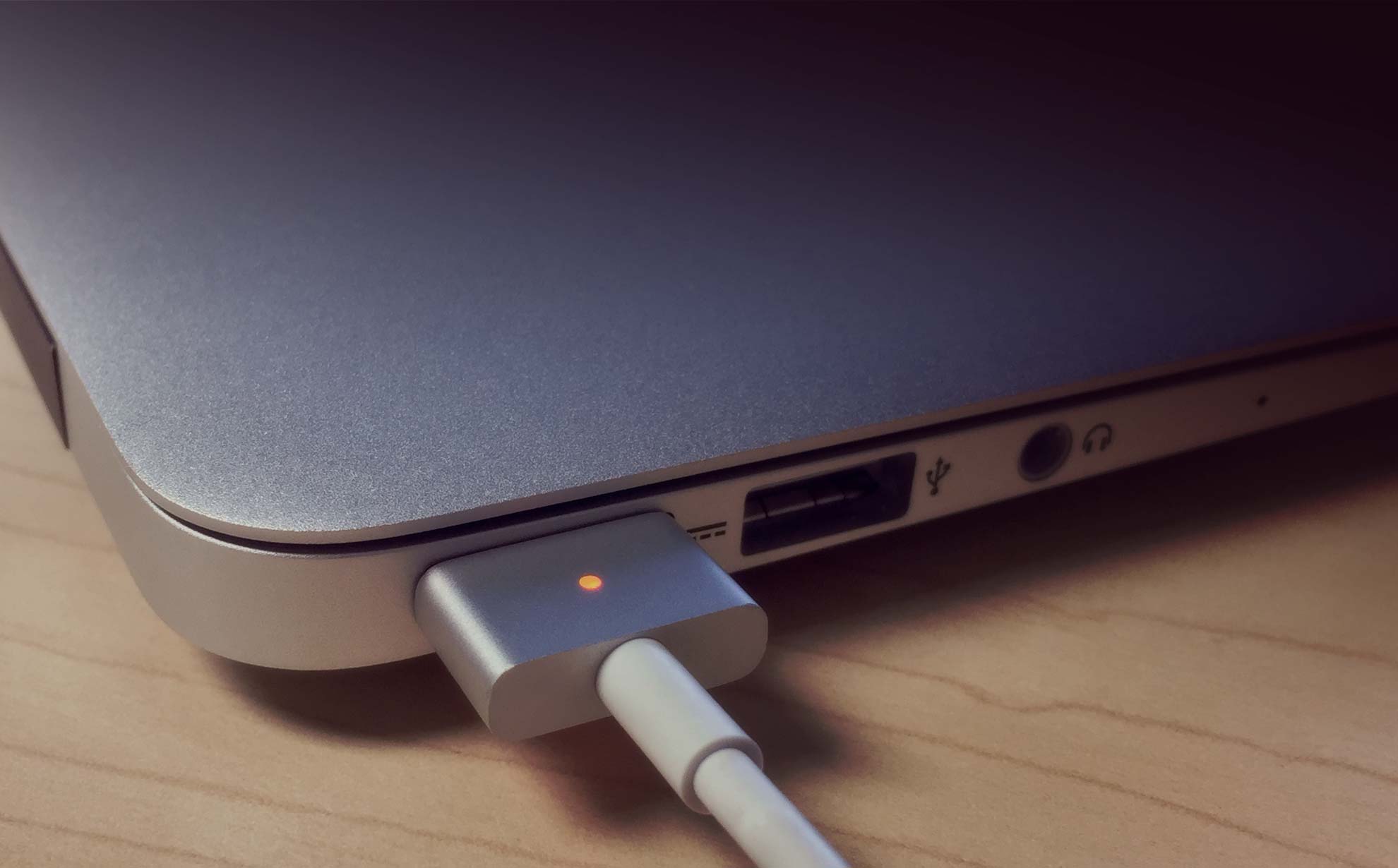

The previous non-Haswell-sporting gen started at i5 (1.7GHz) and ran to i7 (2.0GHz). With regards to processing power, the new MBA can be supplied with Intel's dual-core i3, i5 (1.3GHz) or i7 (1.7GHz) CPUs. An SDXC card slot only appears on the 13-inch version and ethernet lovers will still have to purchase a USB adapter for £25. As for backlit keys, Bluetooth 4.0, iLife, stereo speakers and ambient light sensors, they're all correct and present on this latest iteration. Our MBA came with OSX Mountain Lion rather than the impending Mavericks, expected later this year. It's a marked improvement when using Skype or FaceTime. The aforementioned dual-mic tech is also nothing new to the world of laptops but is a welcome addition to the new MBA line, improving speech clarity by reducing background noise. All of which we've seen on various Windows-based laptops. Nevertheless, standout improvements here are Apple's claimed 'all-day' battery life (see below), Intel's fourth-gen Intel HD Graphics 5000, faster RAM (now LPDDR3, expandable to 8GB), two USB 3.0 ports and the latest 802.11ac Wi-Fi adapter. We're just so used to the pin-sharp resolutions of the iPhone 5, iPad 4 and the latest MacBook Pros, see. Ok, so battery performance could be compromised (we'll come onto that) by such a potentially energy-zapping display, but the inclusion of Intel's new Haswell ULT, with its low-power tendencies, should have been a match for any jump in screen drain. However, before we get into what's new, we'll just come out and say it: where was the Retina screen upgrade?


 0 kommentar(er)
0 kommentar(er)
